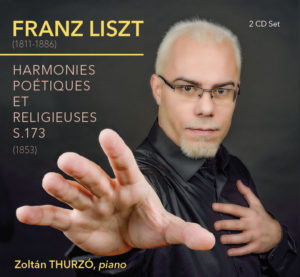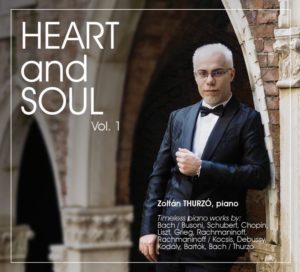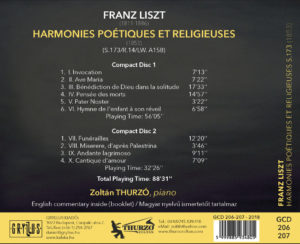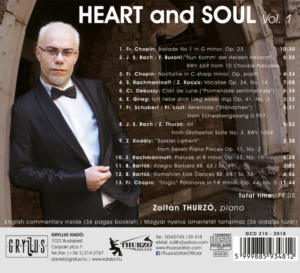Dittersdorf’s important part in the development of classical music in Oradea
Karl Ditters von Dittersdorf was born in Vienna, in August 1739 under the name Carl Ditters. (He obtained his title in 1773 and since then he was named “von Dittersdorf”).
After Michael Haydn’s departure to Salzburg in 1762, Bishop Patachich’s orchestra had remained leaderless for two years. In early 1764, Patachich travelled to Vienna, where he managed to hire the first violinist and conductor of Queen Maria Theresa’s orchestra. Although Patachich was a huge admirer of classical music, it seemed that was not tactful since Queen Maria Theresa had never forgiven her beloved bishop for hiring her conductor.
The Bishop was absolutely fascinated by the young violinist’s virtuosity who he immediately entrusted the leadership of his orchestra, hence the task of increasing the number of musicians, with artists from Vienna and Prague, as many as needed.
Before leaving Vienna to return to Oradea, Dittersdorf had already chosen outstanding musicians. Among them were artists, who later became popular throughout the world. He brought along the concert master, Wenzel Pichl, a Viennese composer of Czech origin, also a friend of his.
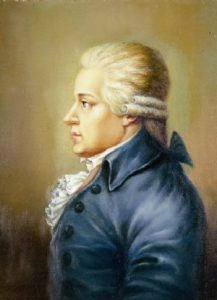 Dittersdorf (and Wenzel Pichl) arrived in Oradea, on 1st of April, 1764. A common mistake is for some to believe that the two might have arrived in Oradea, in 1765. Unfortunately, there are those who, without taking into account the historical data and facts, misinterpret Dittersdorf and Wenzel’s arrival in Oradea, though through this inaccuracy, regrettably, they make an exchange of false information …
Dittersdorf (and Wenzel Pichl) arrived in Oradea, on 1st of April, 1764. A common mistake is for some to believe that the two might have arrived in Oradea, in 1765. Unfortunately, there are those who, without taking into account the historical data and facts, misinterpret Dittersdorf and Wenzel’s arrival in Oradea, though through this inaccuracy, regrettably, they make an exchange of false information …
Before proceeding with the presentation of Dittersdorf’s time spent in Oradea (which refers to M. Haydn too), we must point out the place where they used to work. It is important to detail furthermore this fact because there are not so many references regarding this aspect. The reason for this lies in the fact that many believe that Haydn, Dittersdorf and Pichl have worked inside the chambers of the current Roman Catholic Cathedral. As appealing as it might be, the truth is completely different!
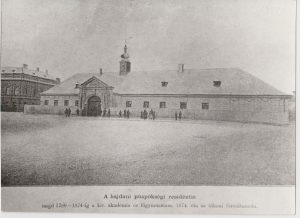 Where did they play?
Where did they play?
To prove (revealing the correct data, my grandfather tried to provide authentic information to all) that assumptions “cannot be sustained”, we must state that the construction of the Roman Catholic Cathedral started in 1752 and it was finished only in 1779. Although it is a certain thing that the church has opened its gates for the believers and the public, and the pipe organ is functioning, the cathedral is officially open only in 1780. As attested above, it was impossible for the three, Haydn, Dittersdorf and Pichl to work here, because they lived in Oradea in 1760-1769, and at that time, the buildings were not completed.
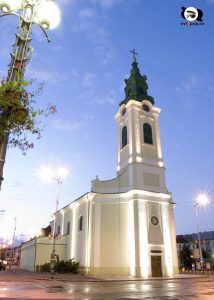 At that time, the current Saint Ladislaus Church served as cathedral, and it functioned likewise in 1723 and 1780.
At that time, the current Saint Ladislaus Church served as cathedral, and it functioned likewise in 1723 and 1780.
It should be noted that, back then, the Bishop’s Palace was located in the current City Hall, a monument built by Csáky Miklós (bishop of Oradea in 1737-1747), which also functioned as a seminary, and, unfortunately was destroyed in big fire in 1773. The right wing of this building still exists today, near the current City Hall’s tower. The local Administration, the Bishopric, simply, ignore the historic character of the monument that has been there for centuries now. This building imperiously needs a project of rehabilitation.
A procreative composer
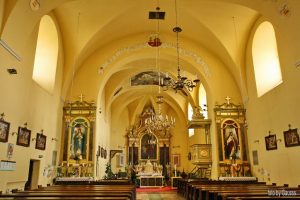 Reflecting upon the matter, Dittersdorf managed to continue with even greater success the work began in Haydn’s time. The environment was more friendly than in the time of his predecessor, who had to lay down foundations and compose in the same time.
Reflecting upon the matter, Dittersdorf managed to continue with even greater success the work began in Haydn’s time. The environment was more friendly than in the time of his predecessor, who had to lay down foundations and compose in the same time.
First, Dittersdorf topped up the bishop’s orchestra with musicians he had brought from Vienna and raised the choir to a higher level, facilitating national and international recognition.
Although Dittersdorf’s music was disregarded, almost forgotten by posterity, his work seemed to have been rediscovered in recent decades. He was a procreative composer, able to compose music easily and quickly, that might explain why some of his works sound a little superficial. (…)
The misfortune that has affected his life and work has to do with the fact that he is coeval with Joseph, Michael Haydn, Wolfgang Amadeus Mozart, and their art is quite difficult to match. However, Dittersdorf had an extremely important role both in the development of classical music in Vienna and in Oradea, as well.
Out of the thirty-four works, 12 were composed in Italian, the rest, especially those after 1786, were composed in German. From the symphonies linked to his name, 120 are considered to be composed by him while 90, have unknown composers, but are credited to Dittersdorf. In addition, he composed more than 70 concertos for various instruments (violin, viola, oboe, piano, et cetera).
In recent years, the work of the aforementioned returned on the scene of Oradea. The repertoire of the chamber orchestra of the Philharmonic contains works of Haydn, Pichl and von Dittersdorf. It has happened, that the audience has had the opportunity to listen to the works of a single composer in one show.
Certainly, we will not draw the curtain over the time he spent in Oradea! Us, the people of Oradea, will make sure this is not happening!

